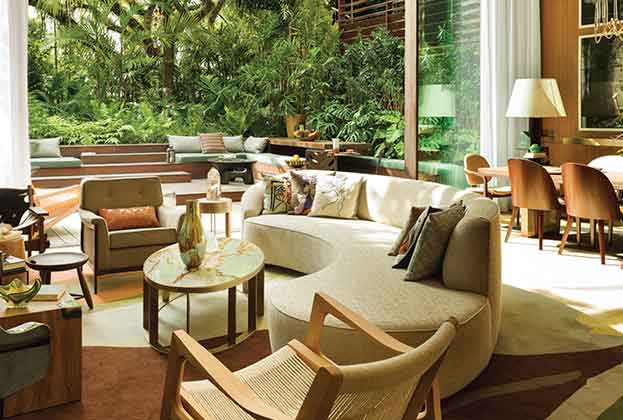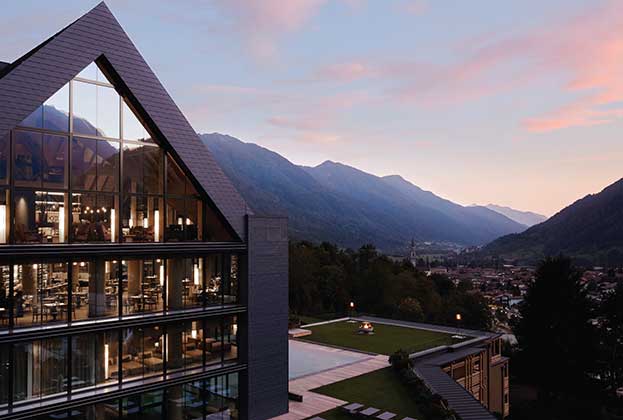A growing branded residence segment. New non-hotelier brands, from Pharrell Williams to Aston Martin, enter the market
Non-hotel brands are a growing subsegment of the market. Over the past ten years, the growth of such schemes has outpaced that of hoteliers, rising from 11% of the total market in 2010 to 16% in 2020. The branded residences sector offers the opportunity for these brands to expand their brand profile, diversify their business model, and deepen their relationship with their customers.
Eleven new non-hotelier brands, from food and beverage to automotive related brands, are expected to enter the market by 2025.
The range of brands in this space is diversifying. Design brands, largely YOO but also including Baccarat, account for 73% of completed non-hotelier schemes, but only 40% of pipeline, with significant growth from fashion (including Fendi and Missoni) and brands known for their automotive heritage (such as Aston Martin and Pininfarina), accounting for 28% and 24% of the pipeline respectively.
YOO is the pioneering non-hotelier brand in the sector and accounts for the largest share of the market, with 72% of complete schemes. As new brands have entered the market, the share of other non-hotelier brands has risen, rising from 16% in 2010 to 28% in 2020, this share is expected to reach 40% by 2025. YOO still has the largest pipeline, with 11 schemes. Nine of the 11 new brands expected to enter have just one scheme each.
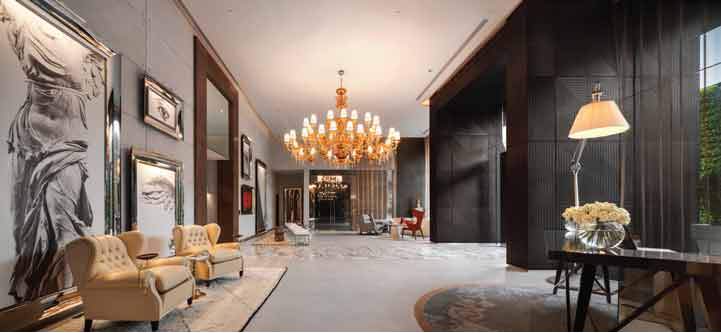
Khun by YOO inspired by Starck, Bangkok
New entrants include the likes of Pharrell Williams in Toronto and Tonino Lamborghini in Dubai. Tonino Lamborghini Residences Dubai will deliver a proposed 8,000 units within a development that exceeds 420,000 sq m and includes 50,000 sq m of retail space. This would, at a stroke, make Tonino Lamborghini the second largest non-hotelier brand by number of units.
Italian car design firm Pininfarina is expected to grow its presence in Brazil from one scheme, with six in the pipeline. Pininfarina also has pipeline schemes in the United States, Cyprus, and Spain, with a single scheme in each country.
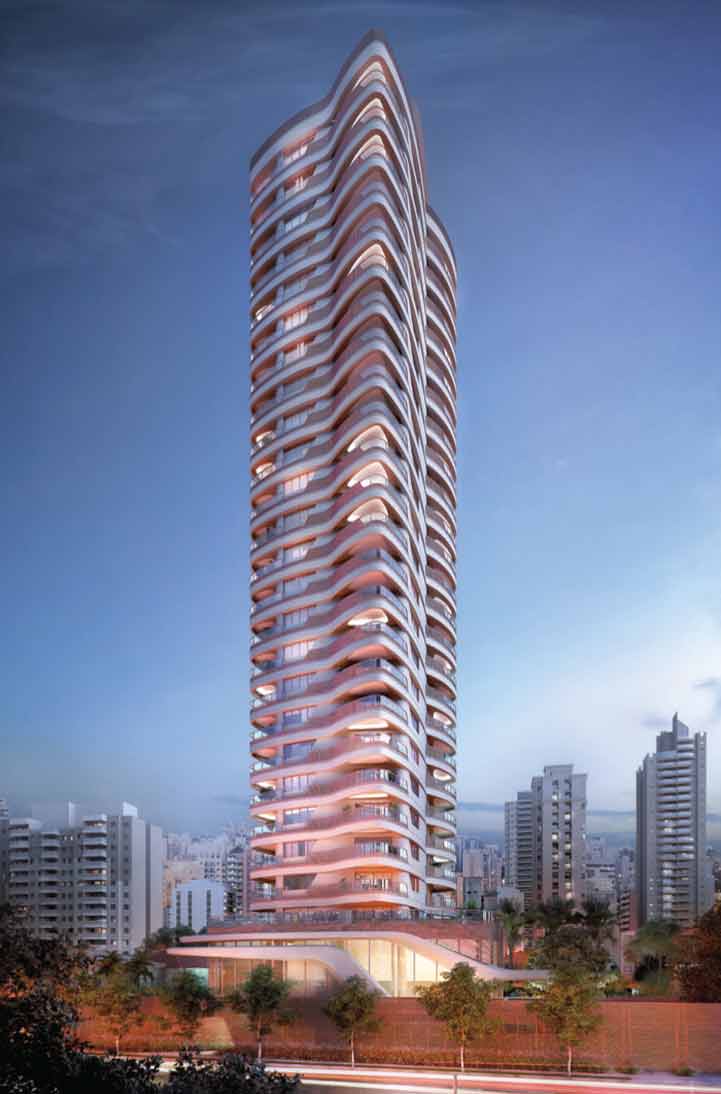
Cyrela by Pininfarina, designed by Pininfarina Architecture, developed by Cyrela Brazil Realty
Restaurateur Nobu is entering the market with a 660-unit scheme in Toronto spread over two adjacent towers. Fashion designer Roberto Cavalli (acquired by Dubai based Damac Properties) has schemes opening across the Middle East, including two schemes in Dubai, one scheme in Riyadh and one in Manama. Similarly, Italian fashion designer Gianfranco Ferré has two schemes opening (under parent company Jumbo Group), with a scheme in Limassol (Cyprus) and one in Belgrade (Serbia).
Looking forward, media company Conde Nast has plans to enter the sector. With brands including Vogue, Vanity Fair and GQ, they have the potential to offer a range of tailored living experiences to deepen the connection with their customers.
These openings highlight the diversification of this segment and, as more brands realise the opportunity the sector offers. We expect this trend to continue.
Asia Pacific leads for this sub-segment
The non-hotelier segment is typically more focused in emerging markets than the branded residence sector as a whole. Demand for high-end properties has risen quickly in emerging markets in parallel to wealth creation. Buyers are often attracted to unique products and these lifestyle orientated brands resonate well amongst brand-friendly and knowledgeable purchasers. Asia Pacific accounts for the largest share of non-hotelier schemes today, with 33% of completed schemes, followed by 24% in North America.

Khun by YOO inspired by Starck, Bangkok
On a country level, the US is the largest market with 19 complete schemes, followed by India with eight. India is driven largely by YOO’s presence, as the brand’s second largest market for open schemes, behind the US.
American and Indian cities are also among the top metro markets for non-hotelier schemes. Miami and New York currently lead the way, with eight and five schemes respectively. Dubai is third, with four schemes open. Mumbai, Pune, London and Moscow stand joint fourth.
Taking pipeline into account, Latin America is expected to become the second largest region for this segment, just behind Asia Pacific, accounting for 23% of schemes, overtaking North America with 22%. Growth in Latin America is largely driven by Brazil, where YOO Studio and Pininfarina have 14 pipeline schemes between them. On a city level, São Paulo is expected to grow by 250% and match New York for number of schemes, with seven each.
Read the articles within Spotlight: Branded Residences below.
Further information
Global Residential Development Consultancy
.jpg)

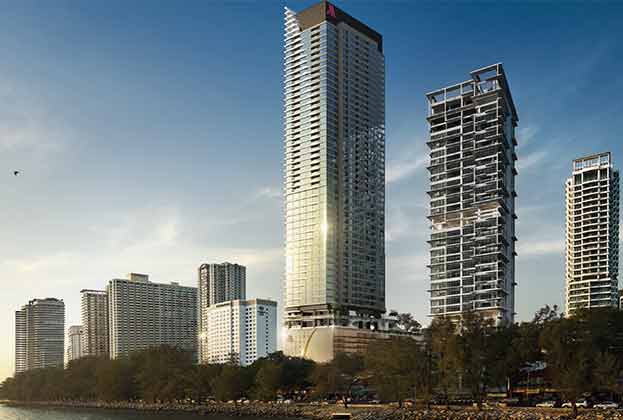
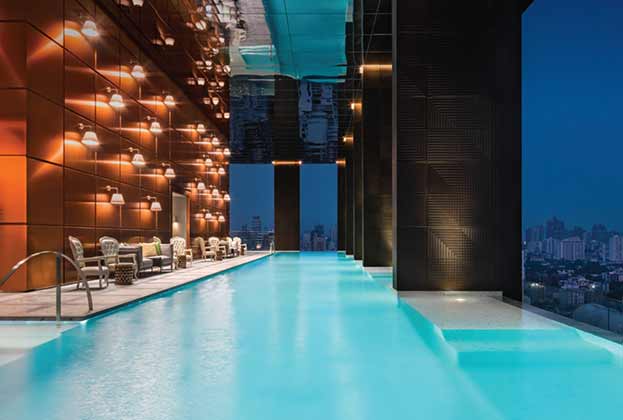
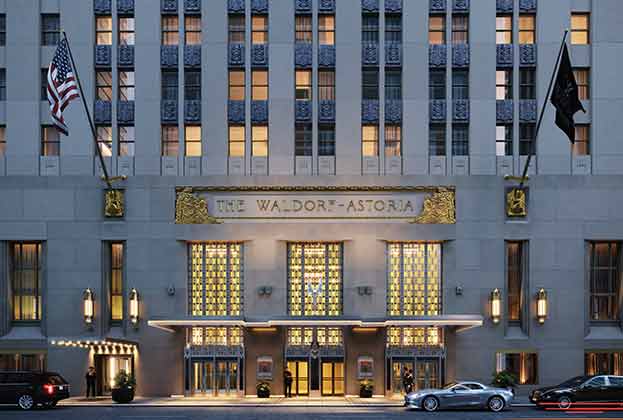
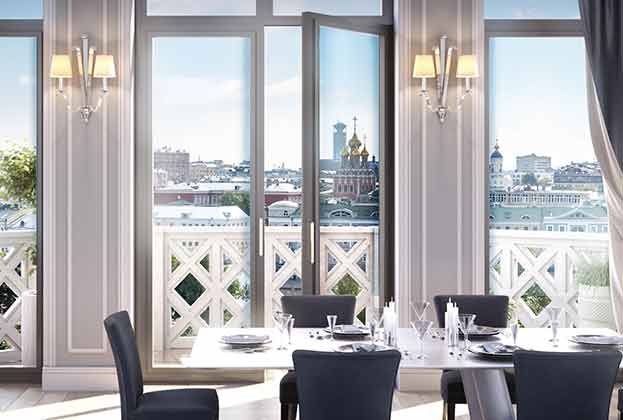
.jpg)
